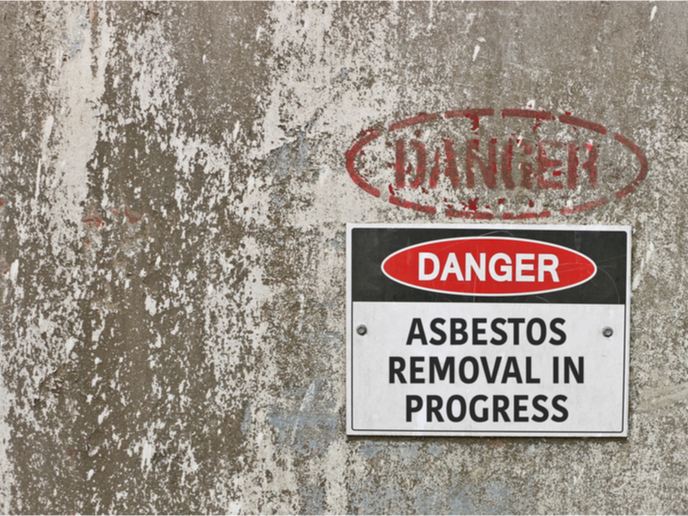Earthquake proofing for historical buildings
The Mediterranean and Balkan regions are particularly susceptible to seismic activity. In the last few centuries, the southern part of Europe has witnessed a number of large and devastating earthquakes in addition to thousands of smaller ones. At the same time, this region is a virtual treasure trove of historical and monumental buildings. From ancient constructions such as the Roman Coliseum and the structures of the Athenian Acropolis through Byzantine-era buildings and more, southern Europe is a centre of cultural history well worth preserving. Reversible mixed technologies (RMTs) are widely used in the construction of new buildings. RMTs are reversible in the sense that they can be fully removed if required. They are mixed in that they integrate components of different materials or construction methods into a single structure for best exploitation of all features under severe states including seismic activity. Existing constructions lack the basic anti-seismic protection now the norm in new constructions. European scientists sought to apply performance-based design (PBD) to the preservation of historical and monumental buildings for the first time using RMTs while simultaneously developing codification to comply with structural Eurocodes. EU funding of the ‘Seismic protection of historical buildings by reversible mixed technologies’ (Prohitech) project enabled the consortium to significantly advance the state of the art in anti-seismic historical monument and building protection. The Prohitech consortium conducted extensive reviews of existing techniques and damage assessment technologies to identify problems requiring an innovative approach. Scientists sought to define options for reversible intervention strategies as well as for seismic legislation. Investigators studied properties of materials and protection systems including experimental work to assess novel RMT techniques. Prohitech gave particular emphasis to improving knowledge and awareness on the part of engineers, researchers and authorities regarding the importance of using advanced materials to develop reversible and environmentally friendly technologies. Implementation of Prohitech concepts may help ensure the structural integrity of a wealth of cultural buildings and monuments in the face of potentially devastating seismic activity in the Mediterranean basin.







